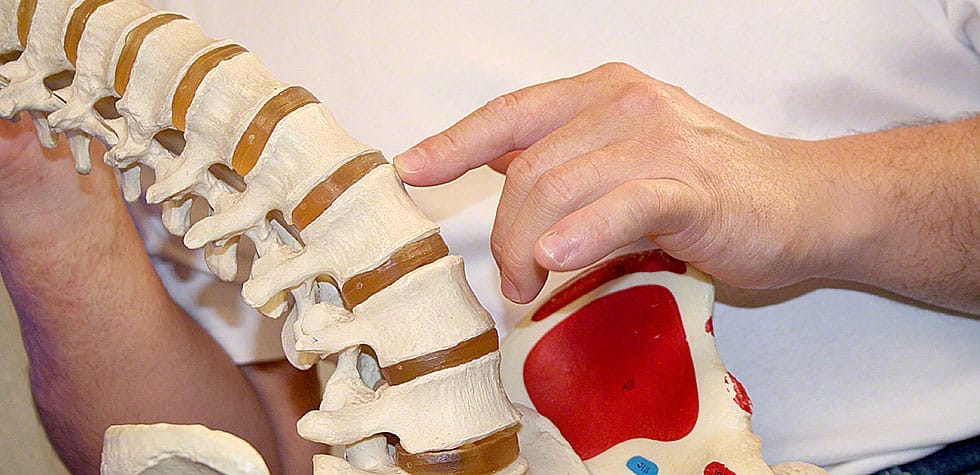
Your hips can be a very delicate place for injuries and as you get older or do more strenuous exercises which involves the use of hips, then you are more at risk of damaging your hip. Here is everything orthopedic hip surgeons want you to know about hip resurfacing.
How Is Hip Resurfacing Done?
It is like most of the surgeries where first you have to go through an anesthetic evaluation to make sure that you are fit to undergo Anesthesia. Afterwards, an incision is made on your thigh, usually on the backside. This incision is thick and it cuts through the muscles and flesh. From here, your bone is exposed. Now depending on where the injury is, your doctor will pop out the femoral bone from your hip socket and evaluate the injury.
Afterwards, the lining and the cartilage is removed from the bone. The hip is resurfaced by the use of a metal cap which is put on the bone from where the lining and cartilage has been removed. Next, the femoral bone is popped back into place in the hip socket and it is secured nicely to make sure nothing comes out or gives you pain.
The incision is closed and cleaned so that there are no infections and that’s pretty much it. The metal cap used in the hip resurfacing surgery is a medical grade metal and it is safe to use in invasive surgeries like this one.
Why Do You Need A Hip Resurfacing?
Here are some of the reasons why you would need a hip resurfacing surgery.
- You are suffering from a bone disorder like osteoarthritis, which tends to make your bones weak and brittle, making them prone to breaking.
- You might need a hip resurfacing surgery if you have osteonecrosis.
- You will need a hip resurfacing surgery if you have an injured hip joint.
- If you have fractured your hip or fallen badly then a hip resurfacing is necessary to be done.
- There are tumors in the hip joint which need to be removed, so a hip resurfacing has to be done.
Risks Of Hip Resurfacing
There are several risks associated with hip resurfacing surgery and they are:
- There might be complications from Anesthesia. Some people don’t react well to Anesthesia and they need to go through a fitness for Anesthesia.
- There might be an infection after the surgery if you are not taking care of the wound properly.
- Blood may be clotted and this can happen during or after surgery. If blood clots after surgery, then this can infect the wound or incision.
- You might bleed a lot during surgery.
Things To Do Prior A Hip Resurfacing
Here are some things you need to keep in mind prior to getting a hip resurfacing surgery.
- You need to stop taking blood thinning medications some days before the surgery. This will lead to a lot of problems related to blood clotting and bleeding.
- You will need to stop smoking a few days prior to the surgery. It can complicate things further.
- You will have to go through a fasting period of 10 hours before the surgery is performed. This is normal protocol.
- You will have to get certain tests done, like MRI and other blood work before the surgery is scheduled.
Post Hip Resurfacing Care
Here are things you need to do after the surgery for a better healing process.
- You might be in a lot of pain, so make sure that you have medicine for pain handy.
- Your incision needs to be cleaned regularly so it doesn’t get infected.
- You need to put as little weight as possible on your leg where the incision is, because the pressure will not allow the wound and the cap to heal.
- Keep strenuous exercises to a minimum after the surgery.
Conclusion
Hip resurfacing is a great way to mend your broken hip, it is a surgical process that will help to put your hip bone back in place and it is the most common type of surgery to get done, if you have osteoarthritis or any other bone disorder. Consultation with a reliable hip orthopedic specialist Woodbridge is paramount in cases like this because going to the right person will help you choose the right procedure.



